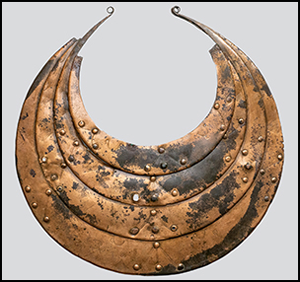Introduction
Kaliska is a small village near the town of Biały Bór, Szczecinek County, West Pomeranian Voivodeship, Poland. It is situated between the hilly moraines of Pojezierze Szczecineckie and the high moraine hills of Pojezierze Bytowskie, in the highest part of the West Pomeranian Lakeland (Figure 1). In the spring of 2017, a deposit of metal objects was found on agricultural land by amateur metal detectorists. This assemblage is designated Kaliska I, in light of a second discovery of metal objects from the same location, also in 2017.

Figure 1. Location of Kaliska within Pomerania, Poland (map by L. Szymański using commons.wikimedia.org).
The Kaliska I hoard comprises 124 artefacts, some of which are organic remains, but most are bronze items, including forged and cast vessels, collars, kidney bracelets and miniature buttons. Several organic artefacts, including a leather strap, spirally formed straps, and an ornament made from spindle wood, were also found loose within a Gevelinghausen–Veio–Seddin type vessel. The state of preservation following conservation is generally good to very good, although the organic objects are fragmentary.
The assemblage
The Kaliska I hoard is considered unique, both in terms of its nature and size, in comparison to similar Late Bronze Age hoards from Pomerania, a region that has so far produced over 320 Bronze Age and the Early Iron Age artefacts (Blajer Reference Blajer2001). With over 120 metal objects contained within a large, sheet-bronze vessel of the Gevelinghausen–Veio–Seddin type (Figure 2a) (Jockenhövel Reference Jockenhövel1974; Gedl Reference Gedl2001: 35–37; Metzner–Nebelsick Reference Metzner–Nebelsick and Kunow2003: 44–48; May Reference May2014), the hoard ranks among the most impressive archaeological discoveries from Poland. The most spectacular finds within the Kaliska assemblage are: three Nordic cast vessels of the Hängebecken type (Figure 2b–d) (Sprockhoff Reference Sprockhoff1956: 46–48; Sprockhoff & Höckmann Reference Sprockhoff and Höckmann1979; Gedl Reference Gedl2001: 52–55); four collars made from sickle-shaped rings (Sichelplattenhalskragen) (Sprockhoff Reference Sprockhoff1956: 136–41; Nørgaard Reference Nørgaard2011: 96–97), one of which features representations of orants and a sun barge (Vogel–Sonnen–Barke) (Figure 3); six rings from crescent-shaped collars of Middle Pomeranian type; another collar, with sloping and longitudinal ribbing; 13 typologically diversified necklaces (including several Wendelringe and an imported closed necklace with ornamental oval plates); 43 bracelets, including seven kidney bracelets (Figure 4) (Sprockhoff Reference Sprockhoff1956: 188–92); five plate brooches (nordische Plattenfibeln) (Figure 5) (Gedl Reference Gedl2004: 42–60); three dress clasps of the Wierzchowo type and nine of the Radolinek type (Gedl Reference Gedl2004: 162–167); and five phalerae (military buttons) (Sprockhoff Reference Sprockhoff1956: 263–69). The organic artefacts are also unique within this type of assemblage.
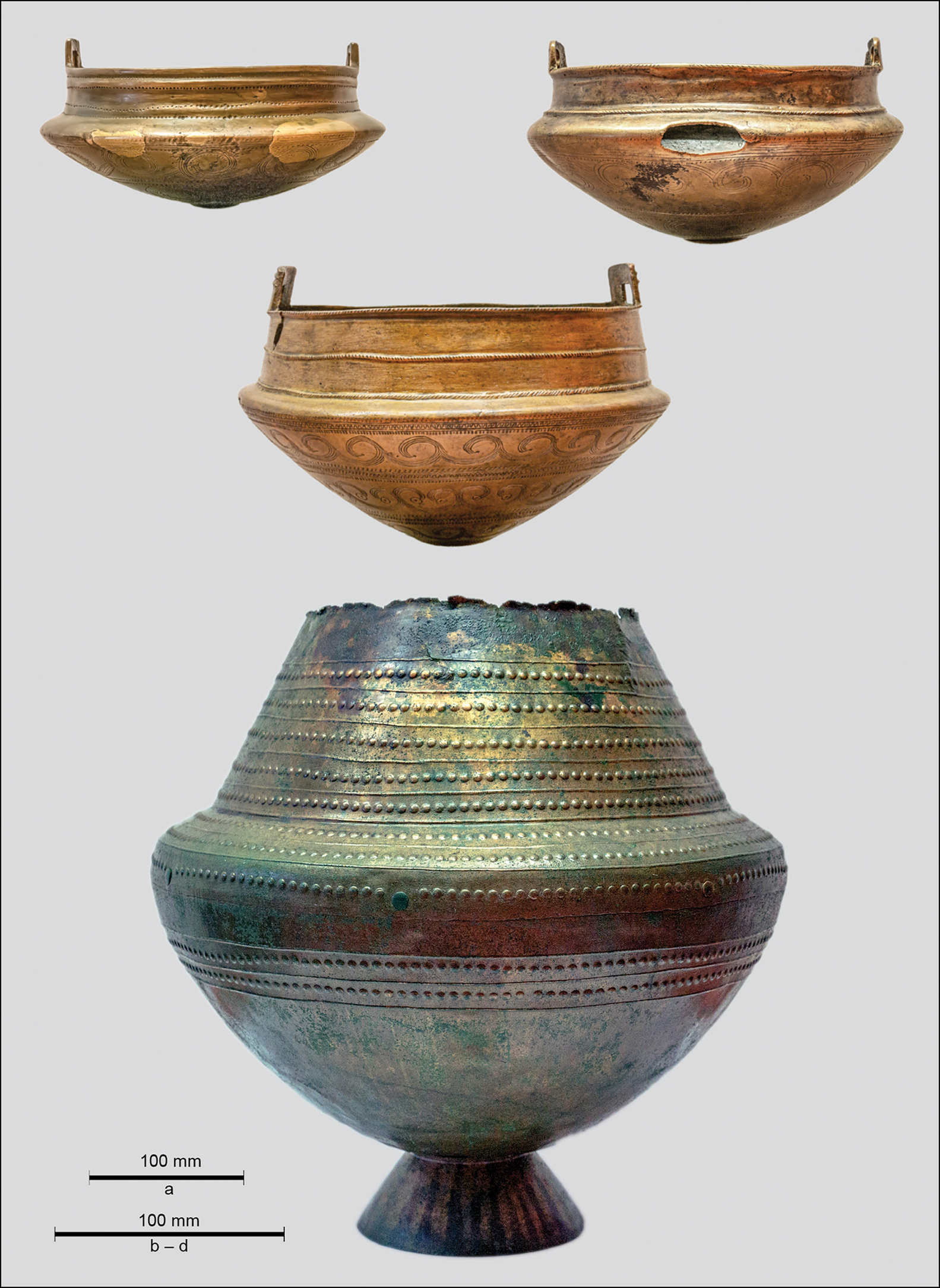
Figure 2. Bronze vessels from the Kaliska I hoard (photograph by M. Kaczmarek).
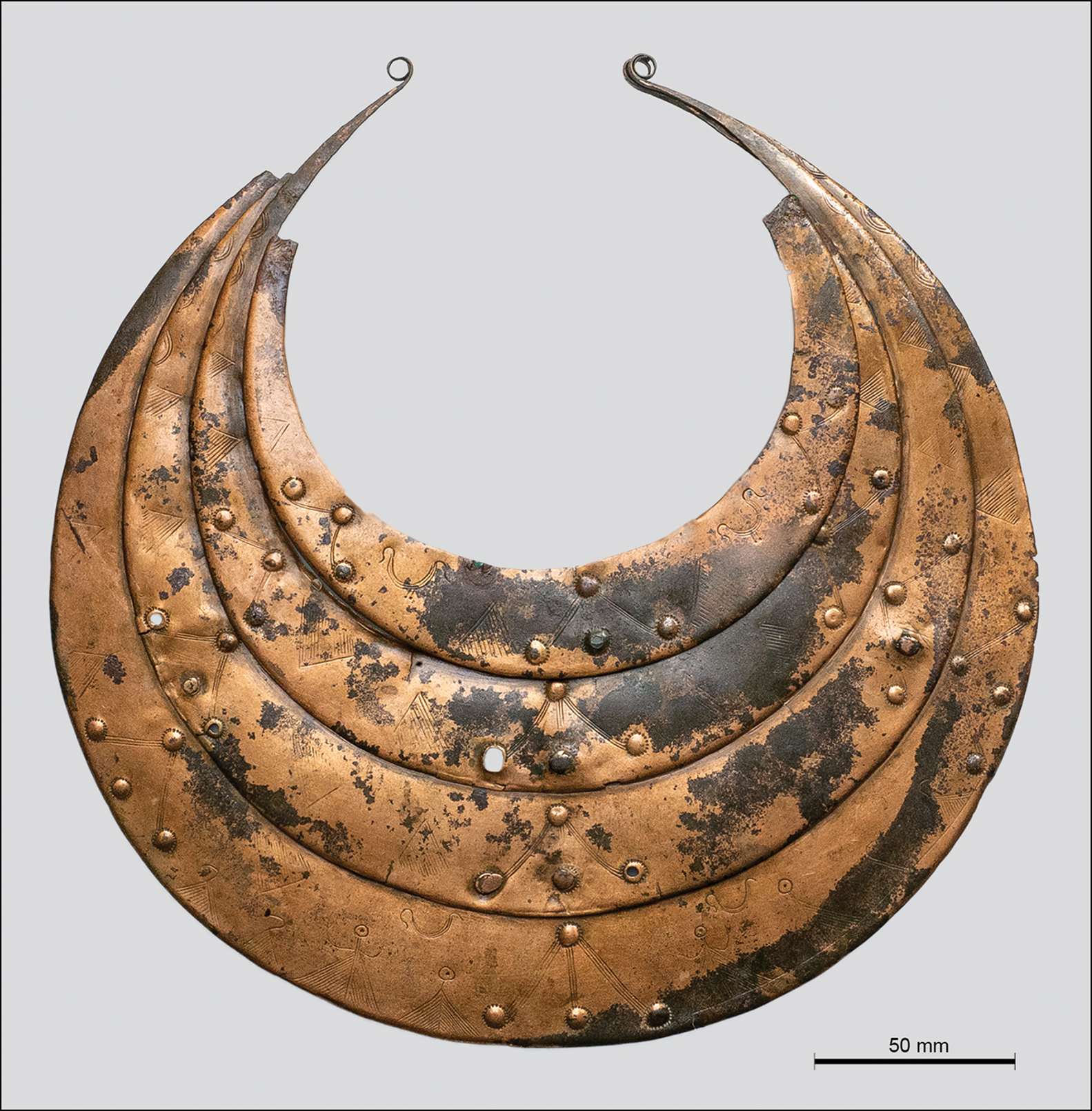
Figure 3. Collar made from sickle-shaped rings, displaying detail with the representation of Vogel–Sonnen–Barke (photograph by M. Kaczmarek).
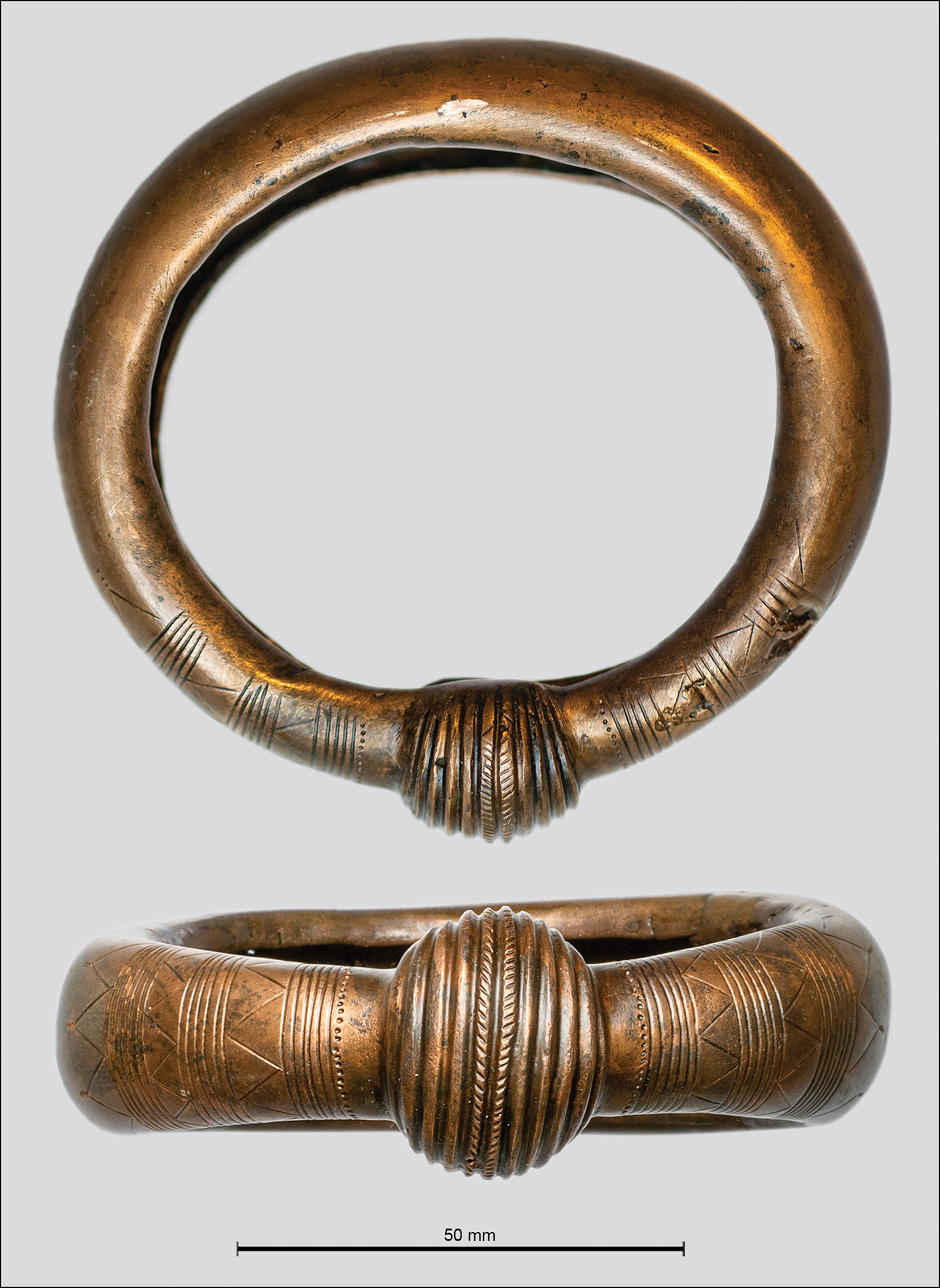
Figure 4. Kidney bracelet from the Kaliska I hoard (photograph by M. Kaczmarek).
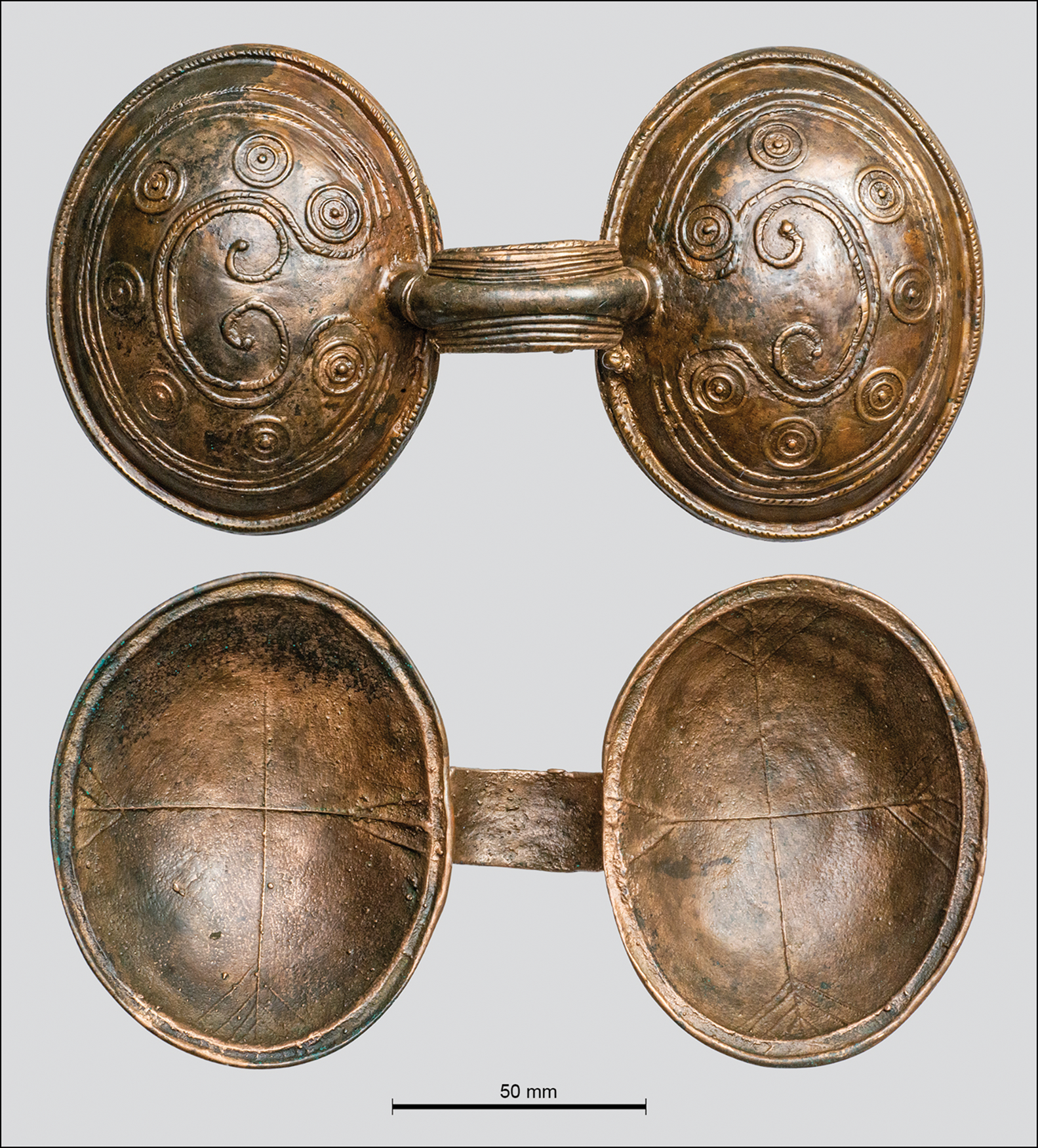
Figure 5. Plate brooch with horseshoe motifs (photograph by M. Kaczmarek).
We are currently conducting typological-chronological analyses of all the objects that make up the hoard. In order to provide as comprehensive an investigation as possible, we have prepared a number of specialist analyses of the metal and organic objects, including: metallographic and tracewear analyses; lipid analysis from the bronze vessels; species determinations for the leather fragments; and archaeometric studies of a pitchy substance—discovered to be wood tar—preserved on one of the bronze ornaments (an appliqué in the form of a rosette), the wooden objects, and the fragments of string preserved on one of the phalerae (Grześkowiak et al. Reference Grześkowiak, Fleszar, Wiśniewski, Kaczmarek, Szczurek and Krzysiak2021; Kowalski & Niedzielski Reference Kowalski, Niedzielski, Kaczmarek, Szczurek and Krzysiak2021; Pietrzak Reference Pietrzak, Kaczmarek, Szczurek and Krzysiak2021; Sawoszczuk et al. Reference Sawoszczuk, Żurowski, Betyna, Kaczmarek, Szczurek and Krzysiak2021; Sych Reference Sych, Kaczmarek, Szczurek and Krzysiak2021).
Dating
The chronological homogeneity of the artefacts is significant and no obviously archaic (i.e. pre-Bronze Age Period V) elements were observed. This can be used to suggest a date for the hoard within Bronze Age Period V (c. 950–800/750 BC). Given that some of the bronze artefacts were possibly used later, however, we can suggest, with caution, that the hoard was probably buried in the second half of Period V, which correlates to the HaB3 phase (c. 875–780/750 BC).
The organic artefacts, however, provide a unique opportunity to determine an absolute chronology for the hoard. Six samples were sent to the Poznań Radiocarbon Laboratory, including two from ornaments made from European spindle (Euonymus europaeus L.), three from fragments of leather and one wood tar sample collected from the inner part of a bronze appliqué.
A Bayesian model (Bayliss Reference Bayliss2015) was produced from the resultant dates using OxCal (v.4.4; Bronk-Ramsey Reference Bronk Ramsey2009a) and calibrated using the IntCal20 calibration curve (Reimer et al. Reference Reimer2020). This model assumes that the Kaliska I hoard is a closed (i.e. chronologically relatively homogeneous) assemblage (Figure 6). Moreover, the structure of the model considers the accuracy of individual radiocarbon measurements, and thus the possibility of outliers among them (Bronk-Ramsey Reference Bronk Ramsey2009b). The results indicate that the Kaliska I assemblage was most likely deposited between 790 and 740 BC (at 68.3% confidence, rounded to 10 years) (Figure 6C). The obtained radiocarbon determinations thus support the relative chronology presented above.

Figure 6. A) Radiocarbon age determinations obtained for artefacts from the Kaliska I hoard; B) calibration of radiocarbon age determinations obtained for artefacts from the Kaliska I hoard; C) Bayesian model based on the Kaliska I hoard (at 68.3% confidence). Dates calibrated in OxCal v4.4, using the IntCal20 atmospheric curve (Bronk Ramsey Reference Bronk Ramsey2009a; Reimer et al. Reference Reimer2020) (A & B are based on reports by T. Goslar; C by G. Szczurek and T. Chmielewski).
Future work
During the analysis of the Kaliska I hoard, we became aware that another Late Bronze Age assemblage of metal objects had been discovered, possibly lying stratigraphically above the Kaliska I hoard. As a result, the full depositional context, as well as a consideration of the Kaliska hoard in terms of the phenomenon of intensified hoarding observed in Pomerania at the beginning of the first millennium BC, will only be complete with the analysis of this second assemblage, which is currently ongoing.
Funding statement
This research received no specific grant from any funding agency or from commercial and not-for-profit sectors.


